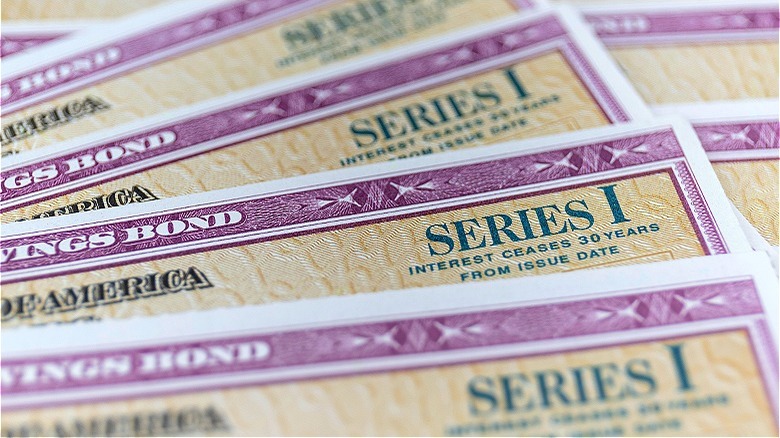Can You Actually Lose Money In A High-Yield Savings Account?
Even though, after several years, you might be tired of hearing about inflation, it's still a significant factor when looking at your finances. The worst part is that inflation, which has raised the price of consumer goods, isn't the only thing currently affecting your wallet. High-interest rates, along with an increasingly expensive housing market and the persistence of high new and used car prices have pushed many Americans to their breaking point. This has led many to look for new, or simply better, ways to save their money. While you might think that keeping or even adding money to a savings account is the best option, you could be losing purchasing power if you're not utilizing a high-yield savings account. For instance, the average interest rate of a normal savings account was just 0.46% for February 2024.
This is where high-yield savings accounts become important. With many HYSAs offering over 4% APY, these accounts can help to combat inflation and maintain the purchasing power of your money. (For anyone unsure, purchasing or buying power is essentially the usable spendable value of your existing money). However, even those with a high-yield account could be losing money. It all comes down to the exact APY rate of your account. While high-yield accounts offer better rates than your average savings accounts, they still might not be beating inflation. As of March 2024, the inflation rate in the United States was 3.48%, meaning that unless your high-yield savings account offers an APY above that rate, you're losing money.
Are there downsides?
While high-yield savings accounts can be beneficial, especially during financially strenuous times, they're not without their downsides as well. It's extremely important to shop around for the right bank when looking to open a new account, and high-yield savings accounts are no different. While there can be a lot to consider, a few specific factors can be especially concerning when it comes to HYSAs. The first is the fact that most high-yield savings accounts available today are offered by online-only banks (meaning there are no physical brick-and-mortar branch locations to visit). While for some that might not present a problem at all, especially given the advent of mobile banking and online deposits, others might prefer having the option to visit a physical bank for certain financial needs.
Another important factor to consider when shopping for a new high-yield savings account is the associated terms of that account. In addition to making sure the APY exceeds current inflation, there are other things to consider. For instance, these accounts could have minimum balance requirements or even associated fees for use, so making sure to research these terms ahead of time can help you figure out if the account (and/or bank) you're looking at is right for you. Keep in mind some terms could include mandatory direct deposits, limits on withdrawal amounts, and even variable interest rates, meaning the rate you sign up for could change. And, as always, make sure the bank you're looking to sign up with is FDIC-insured.
Other ways to earn money
While HYSAs are easily one of the lowest-risk investments out there, they're not necessarily the highest-interest-earning option available. While the difference is minimal, some certificate of deposit accounts could offer a higher interest rate. According to Bankrate's May 2024 Guide, some banks are offering up to 5.36% APY on CD account options. However it's important to realize that CDs come with their own downsides, the biggest one being the lack of access to your money for a set amount of time (a characteristic of some of the worst places to keep your savings). Having your money tied up could be especially concerning in the face of emergencies. CDs can have withdrawal limitations, penalties, and longer terms than you might be looking for as well.
Other options other than a high-yield savings account include pursuing savings bonds. Bonds are similarly low-risk and offer guaranteed returns. However, just like CDs, your money is tied up for a set amount of time. Plus, bonds have annual investment limits, meaning the maximum you can invest into a savings bond in a year is $10,000. Another option can be to open a money-market mutual fund account; these accounts operate similarly to a checking or savings account (for instance, you can still write a check from one), except they're technically mutual fund accounts offered by a specific firm or company that operate under different regulations than a bank account would. Money-market accounts are considered investment accounts as opposed to a savings or checking account, and they can offer higher interest rates than more traditional accounts do.


